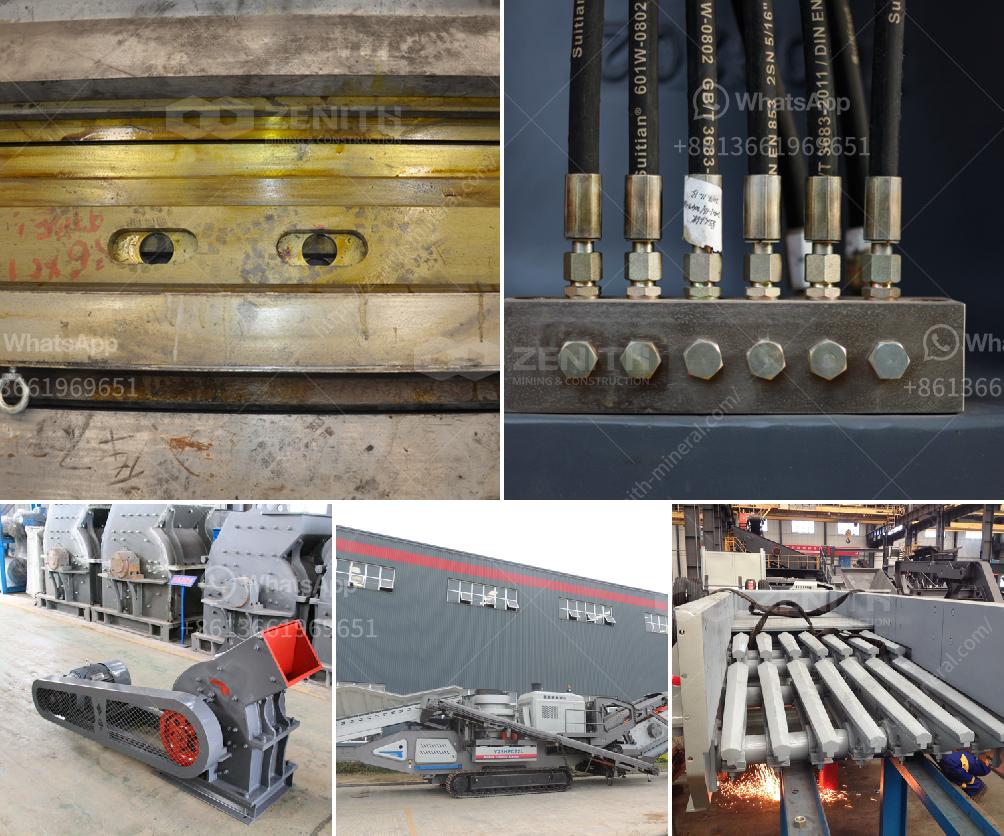A mine and a quarry are both sites from which raw materials are extracted from the Earth, but they differ primarily in the types of materials they produce and their general methods of operation:
-
Type of Material Extracted:
- Mine: Typically associated with the extraction of ores, minerals, and precious stones. This includes materials like coal, gold, silver, diamonds, and various metals such as copper and zinc.
- Quarry: Generally focused on extracting building materials and aggregates. Common materials include stone, gravel, sand, limestone, granite, and marble.
-
Extraction Process:
- Mine: Usually involves digging deep into the Earth, often through the creation of tunnels and shafts to access the materials. Mines can be underground or open-pit.
- Quarry: Typically involves extracting materials from the surface, often through a series of steps or benches. Quarries are generally open-pit operations, and the methods often involve cutting, blasting, and breaking stone.
-
Scale and Operation:
- Mine: Often larger scale operations compared to quarries, requiring more complex infrastructure, including ventilation, transportation, and heavy machinery for both surface and underground mining.
- Quarry: Generally smaller in scale and less complex. The extraction process is more straightforward and often does not require as extensive infrastructure as mining operations.
-
Purpose:
- Mine: The primary aim is to extract materials that are rare and valuable, often requiring extensive processing to separate the desired material from the ore.
- Quarry: The goal is to produce materials that are directly usable in their natural state or with minimal processing, primarily for construction and industrial purposes.
Understanding these distinctions can help clarify the specific operations and outputs of each type of site.


